
A hernia is the medical term used for protrusion of organs of the abdominal cavity through a weak spot in the abdominal wall. The sac that forms in such way contains different organs from the abdomen and its wall from the inside to the surface comprises the peritoneum, abdominal muscles and finally the skin of the abdomen. However, the protrusion may also take place into the chest cavity (hiatal hernia). There are a few more types of hernia. No matter what type of hernia the patient is suffering from, the only way to treat this condition is to surgically repair the opening that allows tissues or organs to protrude.
What is a Hernia Repair?
A hernia repair is nothing but the previously mentioned surgery. Surgeons may choose among several different procedures in order to fix different types of hernia. Open surgical approach, for example, includes an incision over the area affected by the hernia. The incision goes through all the layers and allows the surgeon to separate the protruding tissue from the normal layers of the abdomen. Once these are separated the hole is closed by suture (the edges are pulled together). It may happen that over time new hernia form at the very site of the previous one. This particularly occurs in people who have had inguinal hernias.
Because of potential recurrence surgeons today frequently opt for an alternative technique which bridges the hole. This is achieved with a piece of plastic-like mesh or screen material. Once the mesh is placed and connected with the edges of the hole, the body starts the process of healing and eventually incorporates the mesh into surrounding tissues. This is a highly efficient way to permanently deal with many types of hernias.
What Happens during Surgery and How is the Surgery Performed?
Prior to the surgery all patients undergo a thorough examination and are asked about comorbidities and drugs they are currently taking. They should also report all their allergies and previous surgical procedures.
Immediately before the surgery patients are taken to a pre-operative holding area where they are started an IV. Before any medications are administered, it is essential to check the patient's name and the type of procedure that is going to be performed. What follows is transfer of the patient to the operating room, he/she is administered anesthesia and is ready to be operated.
A hernia repair is always performed under general anesthesia. This means that the patient is unconscious throughout the surgery and will be drowsy after the surgery. Laparoscopic repair includes 3-4 incisions. These incisions allow surgeons to insert all the necessary instruments they need to visualize the inside of the abdominal cavity, insert a mesh and close the hole. Sometimes it is not possible to perform laparoscopic surgery. Instead surgeons opt for open surgery. It includes only one large incision. Open surgery gives direct insight in the content of the abdominal cavity. Still, the recovery after such surgery takes much longer than when laparoscopic surgery is performed.
Finally, even though the entire wound is closed the surgeon leaves a small opening. A tube called the drain is inserted through this opening and kept there until all the excess of fluid accumulated after the surgery is completely removed.
After the Surgery
All patients are taken to a recovery unit . The nurse monitors vital parameters and once the patient is stabilized, he/she is taken to his/her room. Bandages that covered the wound must be clean and changed regularly. Initially this is done in the hospital. Soon after anesthesia wears off, patients start to feel pain. They are then administered pain killers and are also prescribed medications which they continue taking at home. The next visit to the surgeon's office is within a few days when the drain is removed.
Even though a hernia repair is practically a routine procedure, there are potential complications and risks associated with the surgery. The most common problems are excessive or prolonged bleeding, infection at the incision site and side effects to anesthesia. Most surgeries are, however, successful. The only problem is that hernia may reoccur. This is an indication for one more surgical repair. There are tiny little scar after laparoscopic surgery while open surgery leaves one relatively large scar.
As for postoperative abnormalities patients should pay attention to, these include fever and chills, persistent nausea and vomiting, drainage from the incision, prolonged soreness of the wound and difficulty or complete inability to urinate.
Finally, most patients wonder when they can return to normal activities. This depends on the type of the surgery. Recovery is faster in case of laparoscopic repair when patients may return to every day activities such as showering or driving and walking stairs as soon as they start feeling comfortable. They should abstain from any heavy lifting or overstrenous activities. Open surgery is a reason to spare the body for much longer period of time. Even the simplest activities cannot be performed for a week while lifting and strenuous activities should be avoided as much as possible since they may cause formation of another hernia.


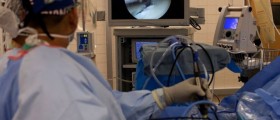
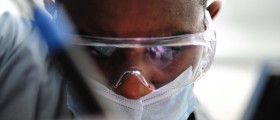

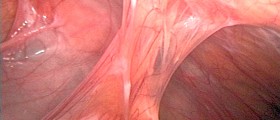
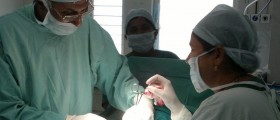
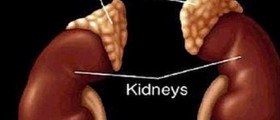
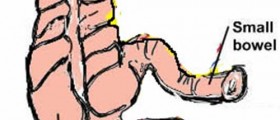

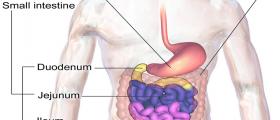



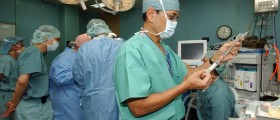

Your thoughts on this
Loading...